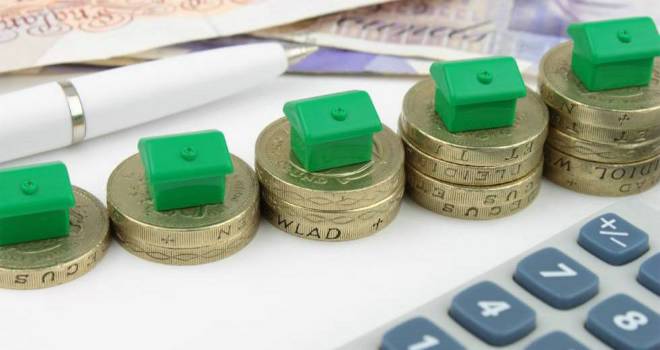
The average home in London will see a reduction of around £4,500 on stamp duty costs. Osborne predicted that these measures would mean a reduced amount of stamp duty paid by 98% of homebuyers.
The changes will be effective as of midnight tonight.
The new stamp duty system means that each rate will only apply to the part of the property price that falls within that band. Under the new rules, no tax will be due on the first £125,000 paid, followed by 2% on the portion up to £250,000, 5% on the portion up to £925,000, 10% up to £1.5m and then 12% on anything above that price.
Henry Woodcock, Principal Mortgage Consultant, IRESS, comments:
“Today’s announcement will bring a new impetus to a housing market that is starting to show signs of fatigue. For too long, buyers – especially those in London and the South East – have been held back by the slab structure of stamp duty, which has created a bottleneck at the bottom of the market. Reforming this tax will help stimulate more activity, reducing the time buyers need to save before they can afford to purchase their first home. In turn, a more active and buoyant housing market is good news for the economy and the Exchequer.”
Jeremy Duncombe, Director, Legal & General Mortgage Club, said:
“We welcome any move that encourages more fluidity in the housing market. Stamp Duty has long been considered a prohibitive tax, especially in its current form. As it stands, as soon as a property goes over a certain threshold, buyers are penalised at the higher tax rate for the whole property price, not just the amount that falls over the divide. This can cause severe blockages in the market. Not only are many first time buyers struggling to save enough to get onto the ladder, with deposits, fees and taxes to be taken into account, but homeowners further up the chain can also be discouraged from moving as they are hit with these punitive duties. This in turn can lead to people out-growing their current homes, and fewer ‘first time’ properties available on the market.
"Whilst revisiting the structure of Stamp Duty will help to boost affordability, ultimately what’s really needed is a dedicated programme of house building. In order to stop house prices from escalating and allow the market to grow healthily and sustainably, we need to see a significant increase in housing stock across the UK. Yesterday’s announcement of a new garden city in Bicester will help towards this, however there is still more to be done. These are all steps in the right direction, but as we go into another election year, house building and affordability still remain very much on the political agenda.”
Mark Graves, director of Pink, said:
“Getting rid of the slab structure is something the industry has been calling on for years. The slab structure created artificial house prices; the new structure will alter the look of the housing market as houses will be priced at more natural levels in that we will start to see houses going up for sale at £500,000 for example, whereas before then there would be a complete gap in properties just above this amount because of the jump in stamp duty. This will be positive both for first time buyers and people taking the next step on the property ladder who will find houses more affordable.
“However the new structure has created anomalies around the price barriers which will still mean there are winners and losers. For example, someone buying a property at £250,000 is no better or worse off, but someone buying a house at £275,000 is £4,500 better off than they were under the old scheme. The same happens at the other end of the scale where someone buying a property at £1.12million will pay exactly the same stamp duty that they did under the old scheme whereas someone buying a house at £1m will be £6,250 better off but at £1.5m would will be £18,250 worse off than they were before.
“The real anomaly is someone who had kept their sale price just below the £2m threshold as someone buying at £1.9m will see a whopping £46,750 increase in tax, whereas at £2m they would pay just £13,250 more. As a result I think that there will be a real rejigging of offers on houses around this upper end.”





